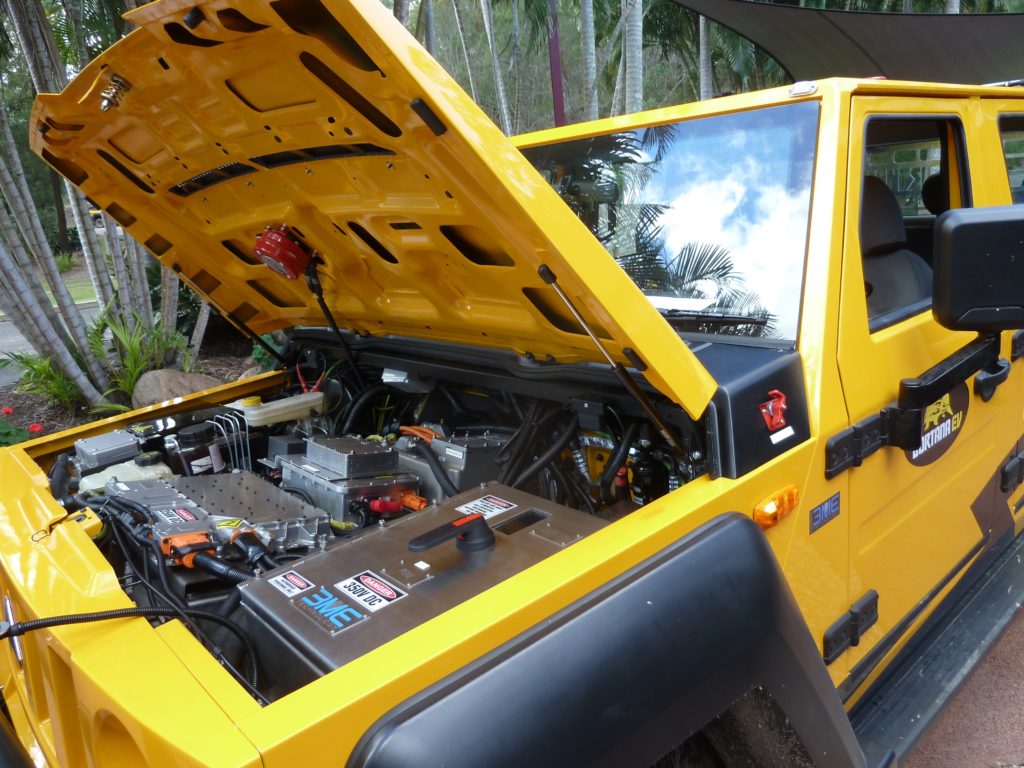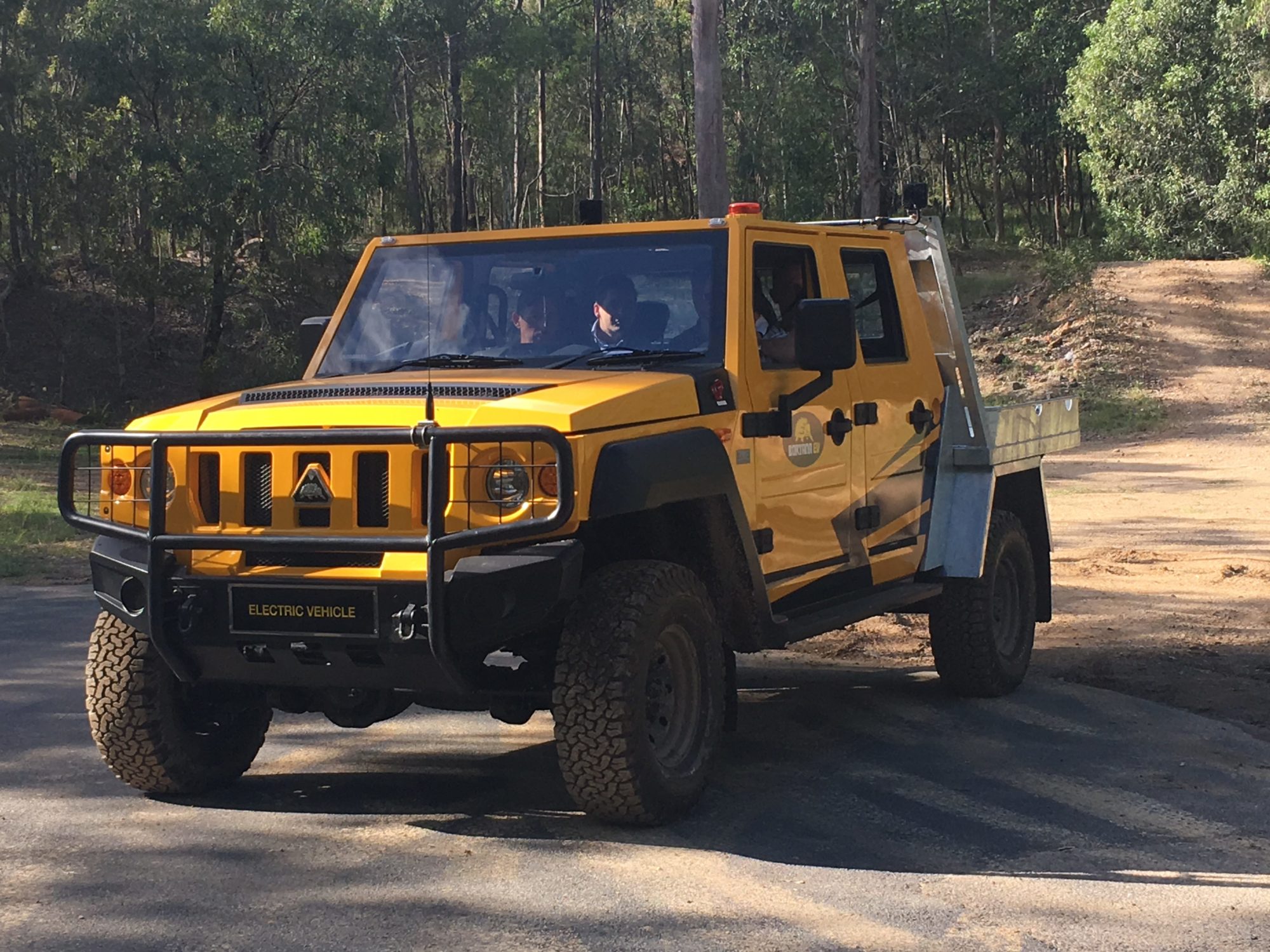Safescape, 3ME Technology and Agrale are celebrating the launch of the new Bortana electric vehicle (EV), with the partners now preparing to dispatch a prototype for a three-month trial at a gold mine.
The launch, taking place at Mt Cotton Training Centre on May 24, followed a successful exhibition at the Austmine conference, in Brisbane, Australia, Safescape said.
The project, partly funded by Australia’s METS Ignited industry growth centre, has seen the three companies design a purpose-built battery electric utility vehicle for the mining industry that, METS Ignited says, offers a significant increase in sustainability and durability compared with the existing options.
The Bortana EV uses the chassis of a diesel-powered Agrale Marruá, electric technology from 3ME and Safescape’s design and engineering expertise.
3ME Technology CEO, Justin Bain, said a vehicle of this nature is needed in the Australian mining landscape.
“Vehicles used in underground Australian mining operations have faced issues of corrosion, durability and emissions for a long time – there is a sore need for a better solution.
“The BORTANA EV was developed for the harsh environments of Australian mine sites and we’re really excited to see this vehicle in action. We have focused on achieving the highest levels of safety and compliance whilst delivering superior performance and efficiency.”

The application of battery-electric vehicles in underground mining provides several key benefits over traditional diesel-powered engines, with the new vehicle producing minimal heat, minimal noise and, most importantly, no diesel particulate matter exposure for workers within confined spaces. “This also means reduced costs in ventilation and maintenance for mine operators,” METS Ignited said.
Supporting the Bortana EV during the launch was the Agrale Marruá with both a single- and dual-cab vehicle on display. This vehicle is traditionally used in the Brazil army and mining industry, with Safescape selecting the chassis due to its corrosion-resistant body and ability to withstand the harshest of conditions.
The vehicles are future-proofed; equipped for integration with current autonomous and future artificial intelligence developments, according to METS Ignited, which provided A$500,000 ($343,700) for the project under its Collaborative Project Funds, in 2018.
Following the three-month trial at the gold mine – which Bain previously confirmed to IM was Kirkland Lake Gold’s Fosterville operation in Victoria, Australia – the prototype will have further exposure to other mining companies and contractors, METS Ignited said.
“The trial will test the battery-electric vehicle’s ability to achieve mining duty cycles and provide superior drivability, safety, corrosion protection, reliability and maintainability in comparison with the current underground diesel light vehicle fleet,” Bain said back in January. “The EV will initially be integrated into the Fosterville fleet as a supervisor vehicle and undertake all tasks required by the diesel light utility vehicles. An operational risk assessment of the BORTANA EV has been conducted with Fosterville to ensure the vehicle will meet its mine site compliance requirements.”
METS Ignited General Manager Industry Engagement, Peter Clarke, said: “We are pleased to support 3ME Technology and Safescape in developing a great solution for Australian mining operations. The safety benefits and cost savings achieved by implementing these vehicles onsite will make a significant difference for miners.
“This is a great example of how funding and support for collaboration pays off for the sector.”
Safescape Managing Director, Steve Durkin, thinks the Bortana EV will offer the right mix of capability and longevity in the mining environment.
The lack of tail-pipe emissions, plus reduced heat generation are just some of the benefits underground mines are likely to realise with the use of the Bortana EV, he said.
“We believe that the Bortana EV will have a lower total cost of ownership than any other comparable production vehicle in the mining environment,” Durkin concluded.











